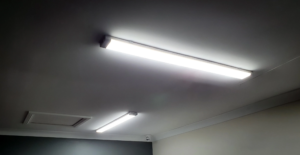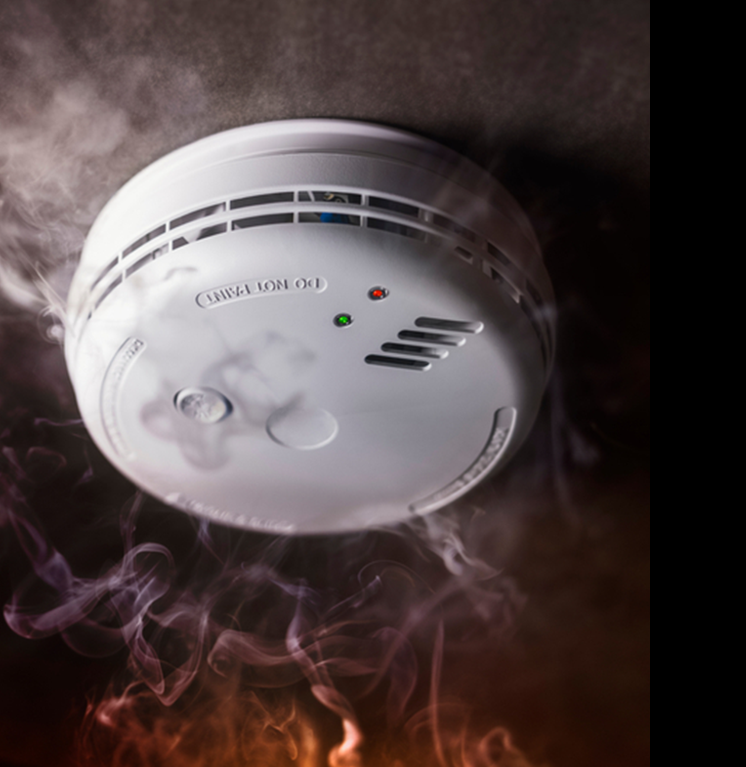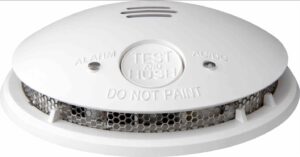
Benefits of LED Recessed Lights: Why Upgrade Your Lighting?
In the world of lighting, LED recessed lights have emerged as a popular choice for homeowners, businesses, and designers alike. These sleek

Smoke alarms are indispensable guardians of home safety, providing early detection of potential fire hazards. Within the realm of smoke alarms, PSA (Photoelectric, Ionisation, and Dual Sensor) technology stands out for its ability to detect various types of fires. However, to maximise the effectiveness of PSA smoke alarms, proper placement is key. PSA smoke alarm suppliers explain the strategic positioning of PSA smoke alarms to ensure comprehensive coverage and early warning in the event of a fire.
Before delving into placement strategies, it’s crucial to understand the primary types of PSA smoke alarms:
Ideal for detecting slow, smouldering fires, such as those caused by overheated wiring or a lit cigarette left unattended.
Excel in detecting fast, flaming fires, typically caused by combustible materials like paper or grease.
Combine the strengths of both photoelectric and ionisation sensors, providing comprehensive coverage for various fire types.
Install a PSA smoke alarm in every bedroom to ensure that occupants are promptly alerted, especially during nighttime when the risk of fire can be particularly dangerous.
Place smoke alarms in hallways leading to bedrooms, creating an early warning system that can quickly detect and alert residents to the presence of smoke.
Install PSA smoke alarm wholesale in living rooms and common areas, as these spaces often contain appliances and electronics that pose potential fire risks.
For optimal effectiveness in kitchens, where cooking-related fires are common, consider installing a photoelectric smoke alarm to minimise false alarms from cooking activities.
Given that basements can be susceptible to electrical fires and other hazards, place smoke alarms at the bottom of stairwells leading to upper levels.
Place smoke alarms near sleeping areas to ensure that the alarm is audible even when bedroom doors are closed, providing precious seconds for evacuation.
Mount smoke alarms on the ceiling, as smoke rises. Keep them at least 4 inches away from walls and corners to allow smoke to reach the sensors effectively.
Prevent obstructions that could impede smoke detection. Install smoke alarms away from air vents, windows, and drafty areas to minimise false alarms.
Consider using interconnected PSA smoke alarms, so when one alarm is triggered, all alarms in the home sound simultaneously, providing comprehensive coverage.
Once PSA smoke alarms are strategically placed, regular testing and maintenance are essential:
Test smoke alarms monthly by pressing the test button to ensure they are operational.
Change batteries at least once a year, or sooner if the low-battery warning sounds. Some models come with a 10-year sealed battery for convenience.
Keep smoke alarms clean from dust and debris, as these particles can affect sensor performance.
Remember, the goal is to create a network of early warning systems that can swiftly detect and alert residents to the presence of smoke, providing the precious time needed for safe evacuation. Talk to us to know about the PSA smoke alarm wholesale price today.

In the world of lighting, LED recessed lights have emerged as a popular choice for homeowners, businesses, and designers alike. These sleek

Smoke alarms are indispensable guardians of home safety, offering early detection of fires and potentially saving lives. However, to ensure their effectiveness,